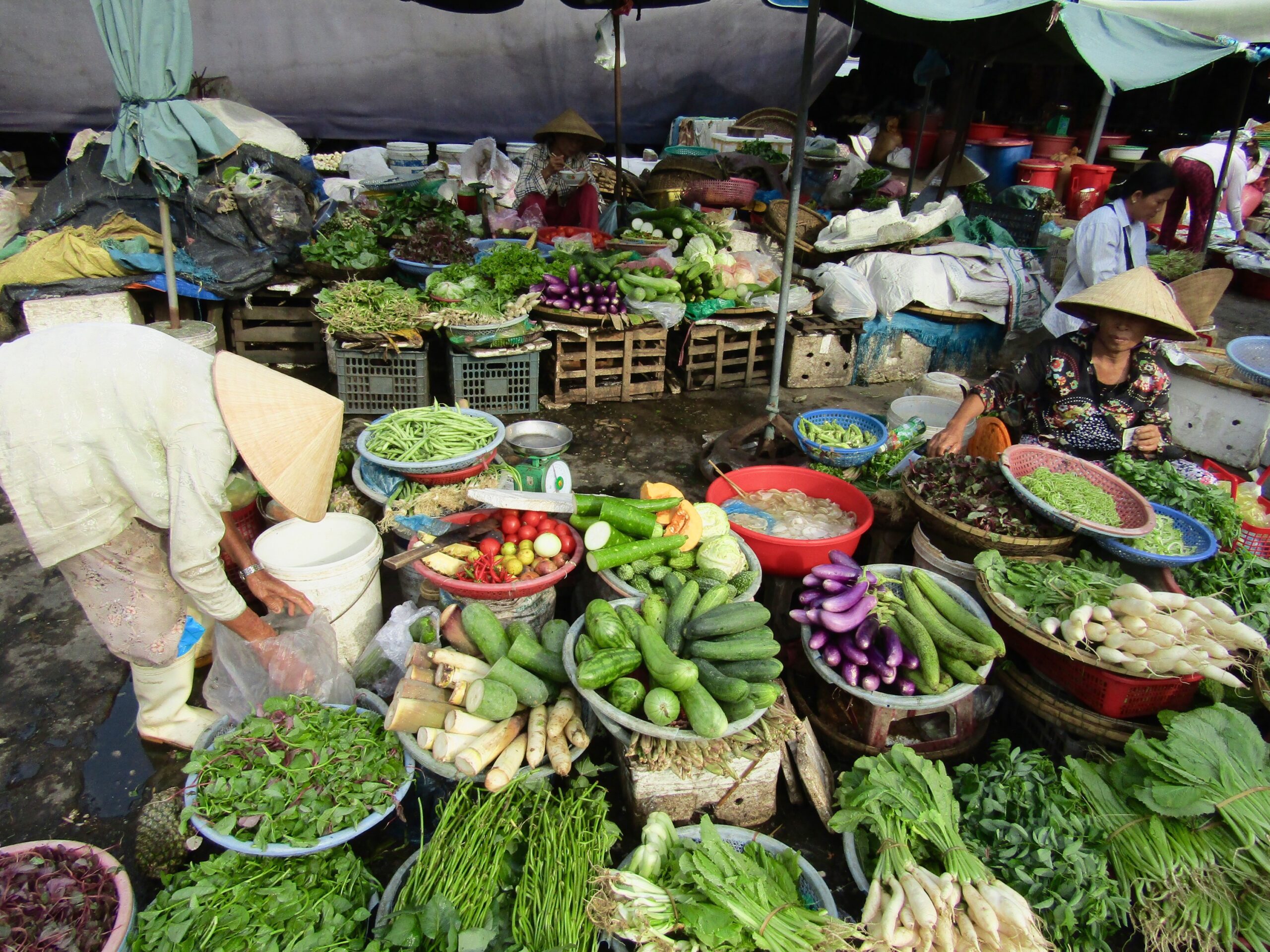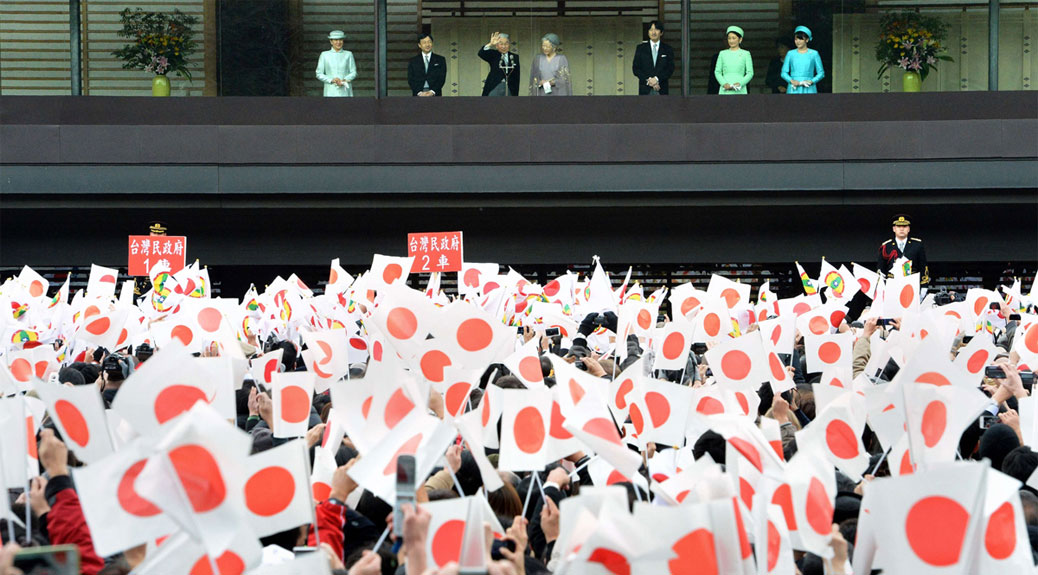Japan was in full holiday spirits, enjoying the day off with family and friends. The wait was finally over. The magical day was here.
The Emperor’s Birthday.
December 23 was Emperor Akihito’s 81st birthday. His birthday is a national holiday. Businesses close and thousands flock to the Imperial Palace in Tokyo to catch a glimpse of the Imperial Family. It’s one of two days where the inner grounds of the Palace are open to the general public.
With each new emperor, the date of the holiday changes. During Emperor Hirohito’s reign, the holiday was held on his birthday, April 29. After his death in 1989, the holiday changed to Greenery Day, encouraging Japan’s population to commune with nature and recognize Hirohito’s love of plants without mentioning the still-controversial Emperor by name (Hirohito was Emperor during World War II and his legacy is still a point of contention among historians).
In 2007, the holiday was renamed to Shōwa Day, officially recognizing Hirohito (Emperor Shōwa, named for the period in which he reigned). The holiday is part of the long vacation period known as Golden Week.

















